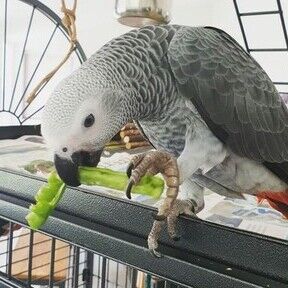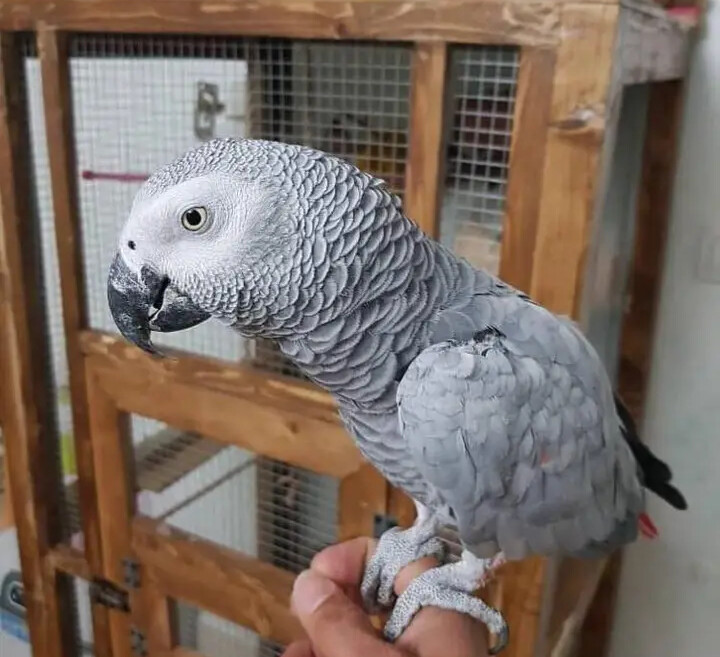

WELCOME TO ANTHONY AFRICAN GRAY PARROTS
anthonyafricangreyparrots African grey parrots are beautiful, majestic wild animals. They are also among the most popular bird species kept as a pet
The African grey parrot’s ability to talk and mimic sounds makes this medium-sized parrot a captivating companion. African grey owners often report that their greys oftentimes talk in context and seem very attuned to their people’s emotions. The African grey parrot is not just a top talker — this bird is also known for its extreme intelligence, which gives them the moniker “The Einsteins of the Bird World.”
About African Gray Parot?
The grey parrot, also known as the Congo grey parrot, Congo African grey parrot or African grey parrot, is an Old World parrot in the family Psittacidae. The Timneh parrot once was identified as a subspecies of the grey parrot, but has since been elevated to a full species.
Lifespan: 23 years
(In the wild, Estimated)
Species: P. erithacus
Order: Psittaciformes
Class: Aves
Genus: Psittacus
Family: ChordataDietPersonalityHabitatBreeds
African Grey Parrot Personality, Food & Care – Pet Birds ... - LafeberThe African grey parrot is one of the most talented talking/ mimicking birds on the planet, giving it quite a reputation among bird enthusiasts. Not only do ...

About Us

Anthony Landry
store owner
The African grey parrot’s ability to talk and mimic sounds makes this medium-sized parrot a captivating companion. African grey owners often report that their greys oftentimes talk in context and seem very attuned to their people’s emotions. The African grey parrot is not just a top talker — this bird is also known for its extreme intelligence, which gives them the moniker “The Einsteins of the Bird World.”
At first glance, the African grey is a medium-sized, dusty-looking gray bird, almost pigeon-like — but further investigation reveals a bright red tail, intelligent orange eyes, and a stunning scalloped pattern to its plumage.
The Timneh African grey (or TAG for short) is smaller than the more popular Congo African grey (CAG). It has a darker gray body, nearly black, with a horn-colored beak, and its tail ranges in color from maroon to dark gray or black
Care & Feeding
There’s a reason why the African grey is often considered the poster bird for parrot intelligence — not only is this bird inclined to amass a large vocabulary, African greys also demonstrate an aptitude for recognizing the meaning of words and phrases.
African greys need plenty of toys that challenge their intelligence, such as foraging and puzzle toys. Nutri-Berries by Lafeber Company are perfect for foraging. This complete food blends a balance of grains, seeds, and other nutrients in the shape of a berry. Because the grains and seeds are mostly whole and formed into a berry shape, it encourages African greys to hold, nibble, and even play with the Nutri-Berries. This mimics the foraging that African greys do in the wild.
African greys seem especially affected by stress and commotion in their environment and can be put more at ease by placing one corner of the cage against a wall as opposed to in the middle of a room.
African grey parrots are more prone to deficiency in vitamin-A/beta-carotene, and therefore benefit from eating vegetables high in beta-carotene, such as cooked sweet potato and fresh kale. Vitamin-D deficiency is another concern, especially for greys on a poor diet. Offering a balanced, pelleted diet, such as Nutri-Berries, for the main diet of an African grey helps prevent vitamin and mineral deficiencies. A grey that consumes a pelleted diet generally does not need vitamin supplements added to its food.
